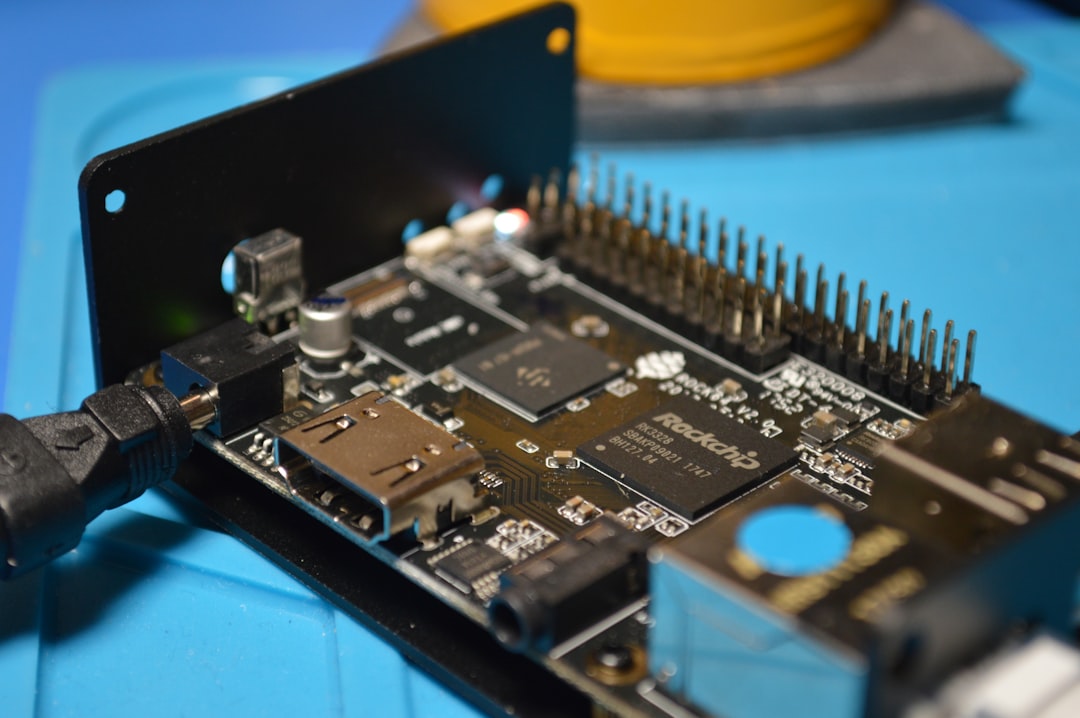What is it about?
The article discusses a method to prevent overload in Voice over Internet Protocol (VoIP) networks, which can occur when the network is unable to handle the volume of traffic it receives. The proposed approach focuses on managing network resources at the transport layer to improve the efficiency of VoIP systems. By doing so, the method aims to reduce the impact of overload on the network's performance. This research is important because VoIP networks are widely used for communication, and preventing overload helps ensure smooth and reliable voice calls over the internet.
Featured Image

Photo by Lukas Blazek on Unsplash
Why is it important?
This work is unique in its focus on using the transport layer to address overload in VoIP networks, offering a novel approach to improving network efficiency. By highlighting the potential impact on the reliability of voice calls over the internet, this research is timely and relevant to the growing use of VoIP technology. The innovative nature of this approach and its potential to enhance the performance of VoIP networks make it a valuable contribution to the field, likely to attract interest from researchers and practitioners in the telecommunications and networking domains.
Perspectives
The proposed approach of using the transport layer to mitigate overload in VoIP networks is innovative and has the potential to improve the efficiency and reliability of these systems. This research is timely and relevant, given the growing use of VoIP technology for communication. Overall, this publication is likely to attract interest from researchers and practitioners in the field, and its findings could have a significant impact on the performance of VoIP networks.
AhmadReza Montazerolghaem
University of Isfahan
Read the Original
This page is a summary of: Overload mitigation mechanism for VoIP networks: a transport layer approach based on resource management, Transactions on Emerging Telecommunications Technologies, April 2016, Wiley,
DOI: 10.1002/ett.3038.
You can read the full text:
Contributors
The following have contributed to this page










